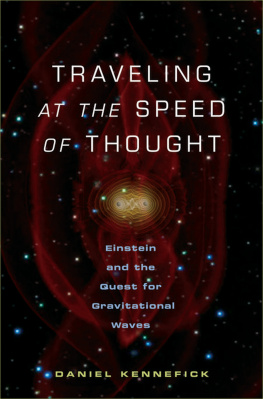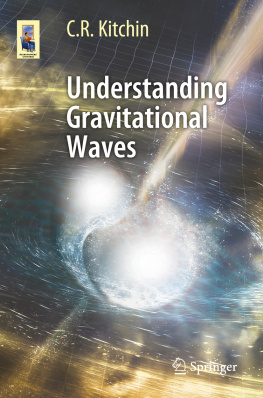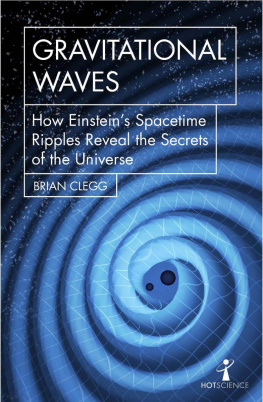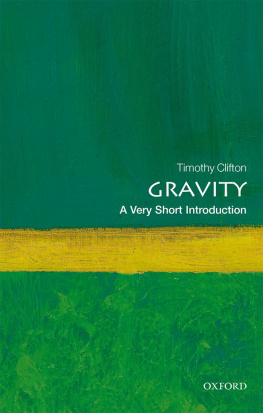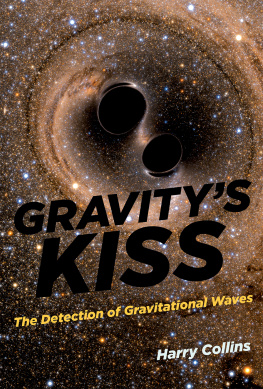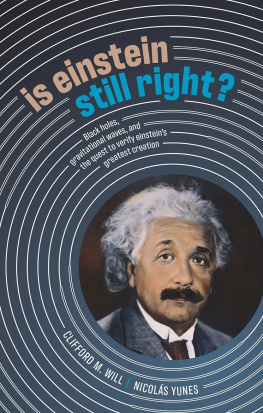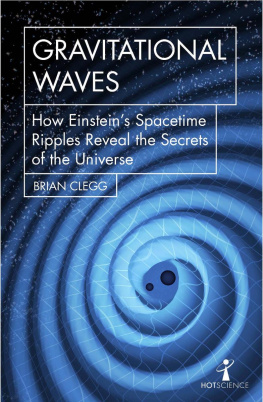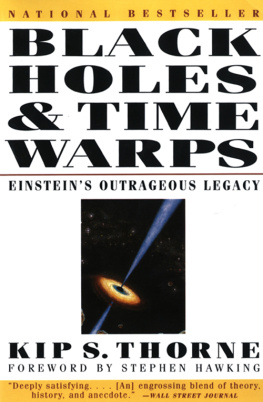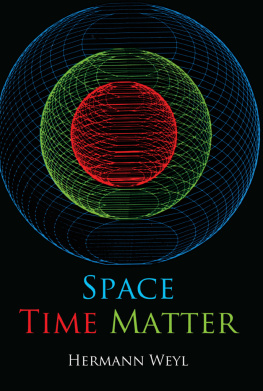Daniel Kennefick - Traveling at the Speed of Thought: Einstein and the Quest for Gravitational Waves
Here you can read online Daniel Kennefick - Traveling at the Speed of Thought: Einstein and the Quest for Gravitational Waves full text of the book (entire story) in english for free. Download pdf and epub, get meaning, cover and reviews about this ebook. year: 2007, publisher: Princeton University Press, genre: Religion. Description of the work, (preface) as well as reviews are available. Best literature library LitArk.com created for fans of good reading and offers a wide selection of genres:
Romance novel
Science fiction
Adventure
Detective
Science
History
Home and family
Prose
Art
Politics
Computer
Non-fiction
Religion
Business
Children
Humor
Choose a favorite category and find really read worthwhile books. Enjoy immersion in the world of imagination, feel the emotions of the characters or learn something new for yourself, make an fascinating discovery.
- Book:Traveling at the Speed of Thought: Einstein and the Quest for Gravitational Waves
- Author:
- Publisher:Princeton University Press
- Genre:
- Year:2007
- Rating:4 / 5
- Favourites:Add to favourites
- Your mark:
Traveling at the Speed of Thought: Einstein and the Quest for Gravitational Waves: summary, description and annotation
We offer to read an annotation, description, summary or preface (depends on what the author of the book "Traveling at the Speed of Thought: Einstein and the Quest for Gravitational Waves" wrote himself). If you haven't found the necessary information about the book — write in the comments, we will try to find it.
Since Einstein first described them nearly a century ago, gravitational waves have been the subject of more sustained controversy than perhaps any other phenomenon in physics. These as yet undetected fluctuations in the shape of space-time were first predicted by Einsteins general theory of relativity, but only now, at the dawn of the twenty-first century, are we on the brink of finally observing them.
Daniel Kenneficks landmark book takes readers through the theoretical controversies and thorny debates that raged around the subject of gravitational waves after the publication of Einsteins theory. The previously untold story of how we arrived at a settled theory of gravitational waves includes a stellar cast from the front ranks of twentieth-century physics, including Richard Feynman, Hermann Bondi, John Wheeler, Kip Thorne, and Einstein himself, who on two occasions avowed that gravitational waves do not exist, changing his mind both times.
The book derives its title from a famously skeptical comment made by Arthur Stanley Eddington in 1922--namely, that gravitational waves propagate at the speed of thought. Kennefick uses the title metaphorically to contrast the individual brilliance of each of the physicists grappling with gravitational-wave theory against the frustratingly slow progression of the field as a whole.
Accessibly written and impeccably researched, this book sheds new light on the trials and conflicts that have led to the extraordinary position in which we find ourselves today--poised to bring the story of gravitational waves full circle by directly confirming their existence for the very first time.
Daniel Kennefick: author's other books
Who wrote Traveling at the Speed of Thought: Einstein and the Quest for Gravitational Waves? Find out the surname, the name of the author of the book and a list of all author's works by series.

